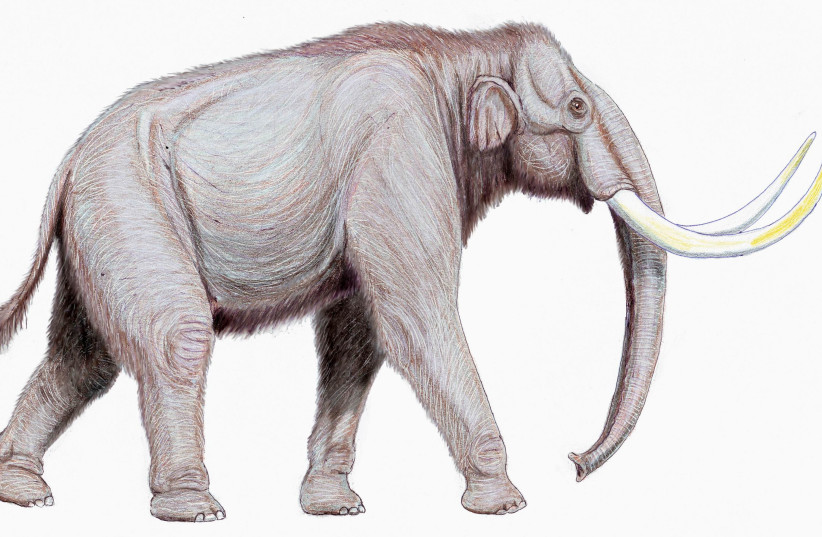Location of mammoth remains was ancient hunting camp - study

The discovery of the tools was the first direct proof of interaction between Ice Age humans and megafauna of the Pleistocene Era in the Basin of Mexico.
Recently, researchers uncovered the remains of a mammoth, as well as three stone tools in its ribcage and other indications of human activity in Santa Isabel Ixtapan, Mexico, archaeology news site Heritage Daily reported, citing a new study by researchers at the National Institute of Anthropology and History (INAH) and the National School of Anthropology and History (ENAH).
The discovery of the tools was the first direct proof of interaction between Ice Age humans and megafauna of the Pleistocene Era in the Basin of Mexico, according to the report.
In addition to the tools, potential mammoth traps were found in Tultepec and additional megafauna remains were found in Santa Lucia, Heritage Daily noted.
The researchers conducted excavations in search of more evidence of human-megafauna interactions and collected soil samples so that they could create a paleoenvironmental reconstruction.
Findings of the study
The researchers determined based on the reconstruction that the Santa Isabel Ixtapan site was a hunting camp some 9,000 years ago. This is the first such camp uncovered in the Basin of Mexico, according to the report.
Furthermore, they determined from fish bone fragments and carbon and obsidian micro-flakes that people living at the camp survived using resources from a nearby lake, as well as by hunting megafauna such as mammoth.
“Today we have new techniques and technologies that will allow us to reevaluate the site, not only from a cultural level by looking at the human interaction, but also to make a reconstruction of the landscape to define how it has changed, and to know if the first settlers not only took advantage of the megafauna, but whether they used the resources of the nearby lake,” said Patricia Pérez Martínez from the Hunter-Gatherer Technology Laboratory at ENAH.
Pérez Martínez also noted that “Finding a seasonal hunter-gatherer camp in the open air is very complicated due to its characteristics, and Santa Isabel Ixtapan is giving us, for the first time, that opportunity in the Basin of Mexico.”
Jerusalem Post Store
`; document.getElementById("linkPremium").innerHTML = cont; var divWithLink = document.getElementById("premium-link"); if (divWithLink !== null && divWithLink !== 'undefined') { divWithLink.style.border = "solid 1px #cb0f3e"; divWithLink.style.textAlign = "center"; divWithLink.style.marginBottom = "15px"; divWithLink.style.marginTop = "15px"; divWithLink.style.width = "100%"; divWithLink.style.backgroundColor = "#122952"; divWithLink.style.color = "#ffffff"; divWithLink.style.lineHeight = "1.5"; } } (function (v, i) { });

